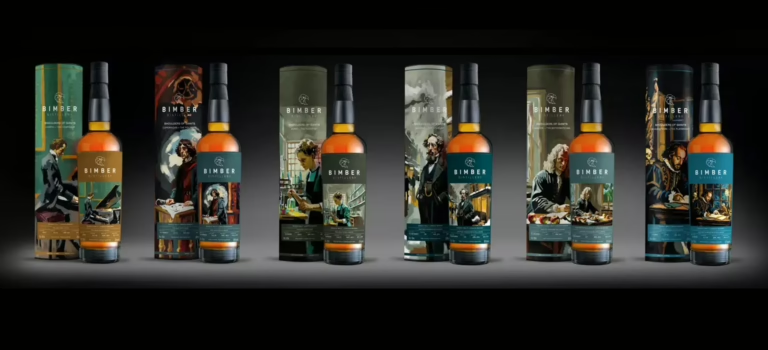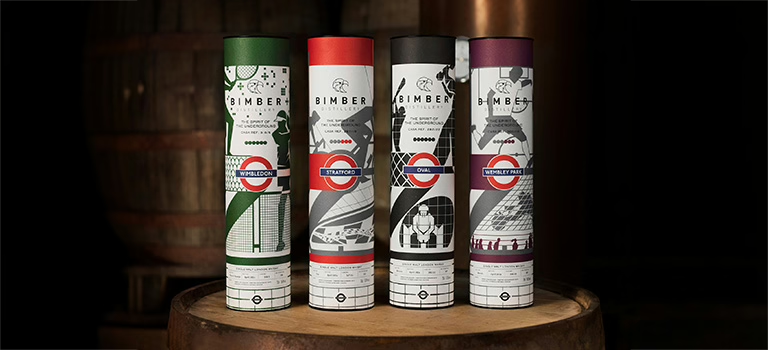For a change, we’re reviewing a whiskey that’s actually still available and not already sold out, long gone, or marked up threefold on the secondary market. Hard to believe, right? Recently, I was working as an exhibitor for a Scottish independent bottler at the Nantes Spirits Festival, a whisky show. It has nothing to do with this Teeling, I know, but one of the perks of being an exhibitor is the chance to sample a few whiskies and malternatives before or after the event opens to the public—or even during a quick break. Who needs food when you can savour some good or even exceptional whiskies and cognacs, right? Anyway, while I was pouring my own whiskies for Baptiste Charron, the French Teeling ambassador, we got talking, and he introduced me to the Teeling 21-year-old Rising Reserve No.3, which I’m reviewing today. I was lucky enough to take a sample home with me to taste it again, with time and a fresh palate. But first…
Read more








